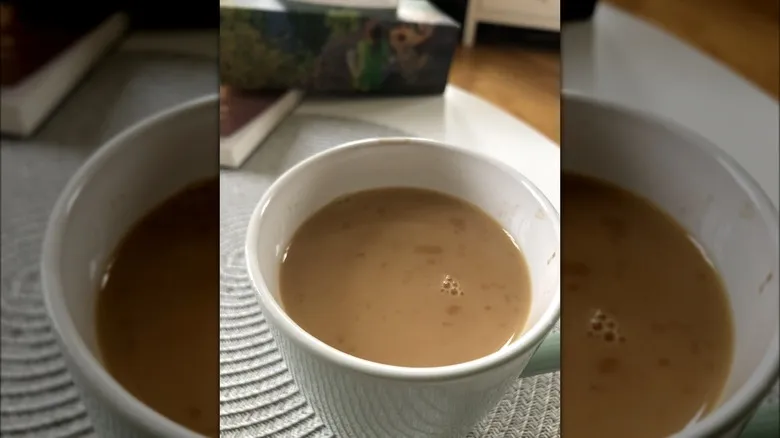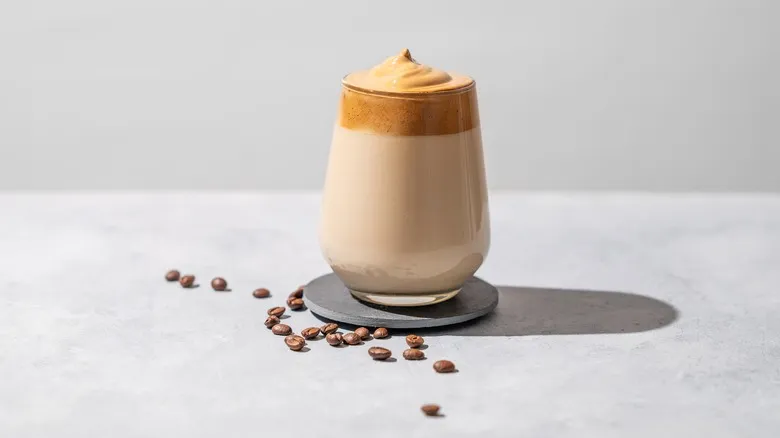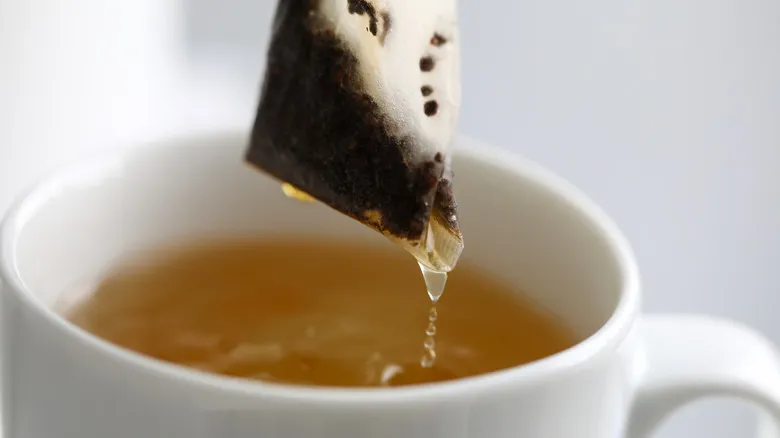The film is formed by hard water

Tap water, particularly when sourced from a well, may contain small amounts of soluble minerals. If the mineral concentration exceeds 150 parts per million, the water is classified as "hard water." While these minerals are generally harmless, they can be bothersome, leading to the formation of white flakes in your tap water or, in this instance, clouding your tea.
When you steep tea bags or loose leaves in hot water, the initial moments reveal the tea's essence as it seeps into the water, darkening it. This infusion contains a group of compounds known as polyphenols. If the brewing water is high in minerals like calcium carbonate (lime), these polyphenols will interact with the minerals, creating a thin film on the surface of the brew. This initial layer is too subtle to be detected by the naked eye and requires specialized instruments to observe while the tea is still hot. However, after approximately 30 minutes of cooling, the film becomes visible.
A significant finding from the study mentioned earlier is that the thickness of this film is directly related to the calcium content in the water. The harder the water, the more pronounced the film will be. To eliminate it, the most effective approach is to use filtered, soft water that has had its mineral content reduced—without calcium, the film will not form.
Use acids or sugar to dissolve the mineral film

If you can't avoid using hard water, there are ways to reduce the film that forms. One effective method is to introduce a bit of acidity to your tea, such as adding a few drops of lime or lemon juice to decrease the tea's pH. According to research, lower pH levels help prevent the film from becoming thick. While the acid won't completely eliminate the film, it will keep it thin enough to be hardly noticeable—unless you're analyzing your daily cup of tea with sophisticated interfacial rheometry equipment.
The other ingredients you incorporate into your tea can also influence the film's development. Sugar behaves similarly to an acid by helping to thin the film, whereas milk tends to thicken it, even in small quantities. So, if you enjoy your tea with a little sugar, you’re unlikely to see much film. Unfortunately, those who love milky boba tea may not be as fortunate.
However, there's no need to stress about the film. Ultimately, it’s completely harmless, so feel free to prepare your tea however you like. If the film does become bothersome, simply stir your tea to break it up and continue enjoying it as usual. Alternatively, you could mix it into your oatmeal for a delicious breakfast treat.
Recommended

Green Onion Coffee Is All The Rage In China. Is It Worth Trying?

A Coffee Expert's Advice On Making Latte Art For Beginner Home Baristas

Shakerato: The Italian Iced Coffee Style You Can't Miss Out On

How Just 3 Ingredients Turn Into Fluffy Dalgona Coffee
Next up

